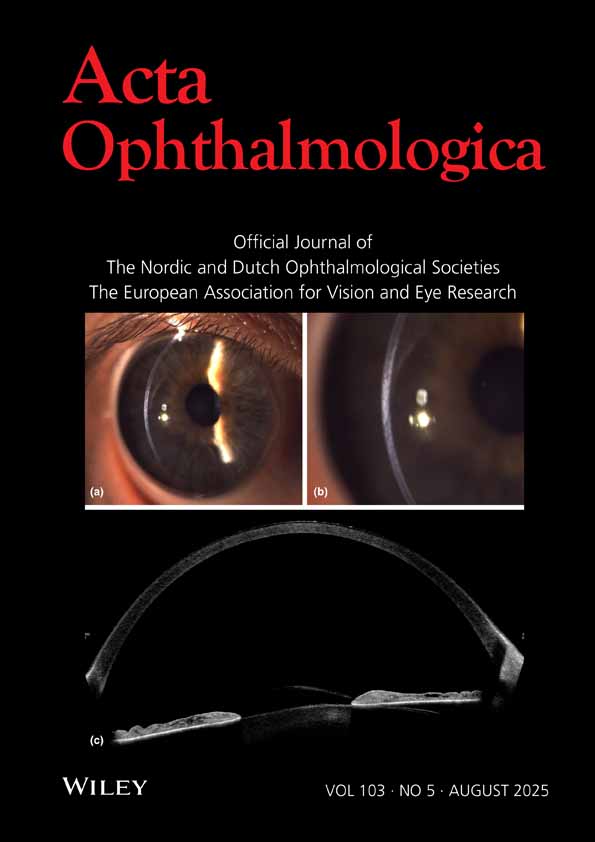Effects of antiglaucoma drugs on ocular surface
Abstract
ABSTRACT Topical medications have a very important role in chronic glaucoma treatment. Long-term use of these medications can cause significant changes on ocular surfaces. In this study, the ocular surfaces of 20 control subjects (group I), 20 primary open-angle glaucoma patients (group II) treated (mean 21.20 ± 1.32 months) with 0.50% timolol maleate, and 20 primary open-angle glaucoma patients (group III) treated (mean 21.70 ± 1.34 months) with 0.50% timolol maleate +1% dipivefrin hydrochloride were evaluated. Studied parameters included Schirmer's test, tear break-up time, conjunctiva impression cytology and goblet cell density. These results suggest that long-term applications of topical anti glaucoma medications damage the ocular surface.




